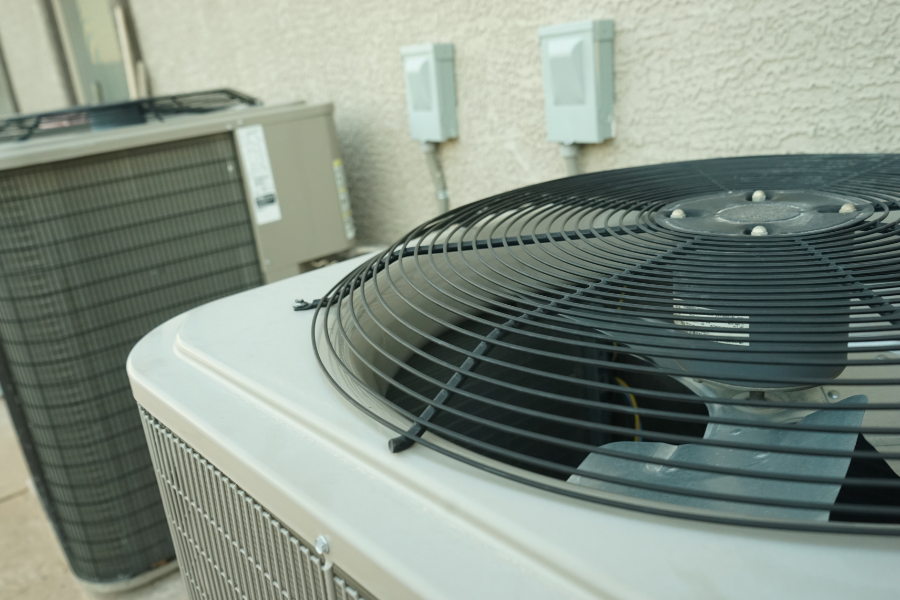Feb 12, 2024
How 12 Standards Stack Up on Performance
A significant challenge for America’s mainstream builders is shifting from code prescriptive requirements for individual building components to setting specific goals for building performance.
By: Stacy Fitzgerald-Redd

A new report from Emu Passive, which specializes in Passive House training and consulting, looks at the ability of 12 building standards to deliver resilience, a healthy environment, and efficient buildings. The research examines how the various building standards perform based on the most common challenges for buildings. PHI Passive House performed the best among the standards considered, but more details on the performance of each standard emerge within this research.
Criterion considered
Emu’s research was developed by determining the minimum compliance requirements for each of these 12 building standards:
- The International Energy Conservation Code (IECC) 2012, 2021, and 2024 (draft)
- California Title 24
- Energy Star Version 3.2
- DOE Zero Energy Ready Home v2
- Pretty Good House
- 2015 Phius+, 2018 Phius+, 2021 Phius+ Core, and 2021 Phius+ Core Prescriptive
- PHI Low Energy Building; and
- PHI Passive House
Emu evaluated each standard based on the top challenges buildings face in delivering a healthy, resilient shelter, including:
- Thermal Comfort
- Indoor Air Quality
- Avoidance of Mold/Condensation
- Durability
- Thermal Resilience
- Operational Efficiency
- Performance Gap
- Reduction of Embodied Carbon
- Resource Efficiency
- Future Proofing
Research Results
The topline takeaway is that PHI Passive House ranks first among the building standards, followed by PHI Low Energy Building. With regard to mainstream building codes (IECC, Title 24, Energy Star, and DOE Zero Energy Homes), Emu Passive reported that current IECC building codes and California Title 24 fail to deliver healthy, comfortable, and resilient buildings. Moreover, despite the evolution of these standards, each iteration of these codes demonstrates that those values are not on the agenda for current code development.
Mainstream “high performance” building standards (EnergyStar, DOE ZERH) also don’t deliver buildings that are substantially better than code-minimum for the health of building occupants, the report notes. Compared to code-minimum requirements (in this study, that is, the 2018 IECC), improvements in the building energy performance are achieved mainly by implementing heat pumps for heating and cooling (EnergyStar, DOE ZERH) and/or PV systems (California Title 24). Emu’s analysis concludes that neither strategy prioritizes the core values of buildings (indoor air quality, comfort, and resilience).
“Such failures in delivering healthy, comfortable buildings impact people’s quality of life for a long time,” the report states. “Contrary to popular belief, an American family stays in a house for 13 years on average before they move out again. With the current high interest rates, this trend is only due to increase.”
What About Passive House Standards?
Most people in the building industry acknowledge that Passive House is the premium building performance standard. Still, this research sheds light on the degree to which various Passive House standards outperform more mainstream building standards.
Emu’s research considered “Passive” building standards available in the U.S., including those offered by the International Passive House Institute (PHI) and Phius. Its analysis concluded that compared with code-minimum built buildings (2018 IECC), Passive building standards significantly reduce the need for active heating and cooling. For site energy demand, the best-performing standard considered is PHI Passive house (which nets a 70.6 percent reduction), followed by the 2018 Phius+ Core (57.8 percent reduction), PHI Low Energy Building (56.6 percent reduction), and 2021 Phius+ Core, which would use 55.7 percent less energy. For energy use intensity, PHI Passive House also performed best. Additionally, the PHI Passive House standard provided the best thermal comfort. Because it has the most stringent air tightness requirements, it was top for fresh air filtration and mold avoidance.
PHI Passive House ranks first for durability and resilience, followed by PHI Low Energy Building.
Boots On The Ground
Emu Passive started as an architecture practice back in 2009. It quickly became evident that the builders had to be brought in early to get a project to Passive House quality level. Around 2016, Emu moved away from design and embraced builder education. Today, they provide most of the hands-on Passive House training across the US.
Conclusion
Emu’s report concludes that a significant challenge for America’s mainstream builders is shifting from code prescriptive requirements for individual building components to setting specific goals for building performance. It also notes that the common perception is that energy modeling may be an unnecessary expense for projects. However, this research demonstrates how energy analysis can pay for itself.
In Emu’s experience with consulting on projects at early design stages (a process called “Project Boost”), they found that energy analysis allows teams to make informed decisions. This approach allows them to optimize the design and meet budget and project goals in a way that prescriptive approaches just can’t.
“Teams ask us if they really need product A in their project, or how much better is that compared to product B. The reality is that with an energy analysis, we have an answer to those questions, and without it, we don’t”, says Enrico Bonilauri. “To really push forward with innovation in our buildings, we really need to leave prescriptive methods behind.”
More importantly, the report points out that if a building’s primary function is to protect people by providing healthy, comfortable, and resilient shelters, the building industry must make that shift to building for performance or face a future of more dramatic shelter failures and unlivable conditions.
To download the full report, click here. The results are also covered in short videos on Emu’s YouTube channel.
This article was originally published in the Insulation Institute Blog and is republished with permission.





